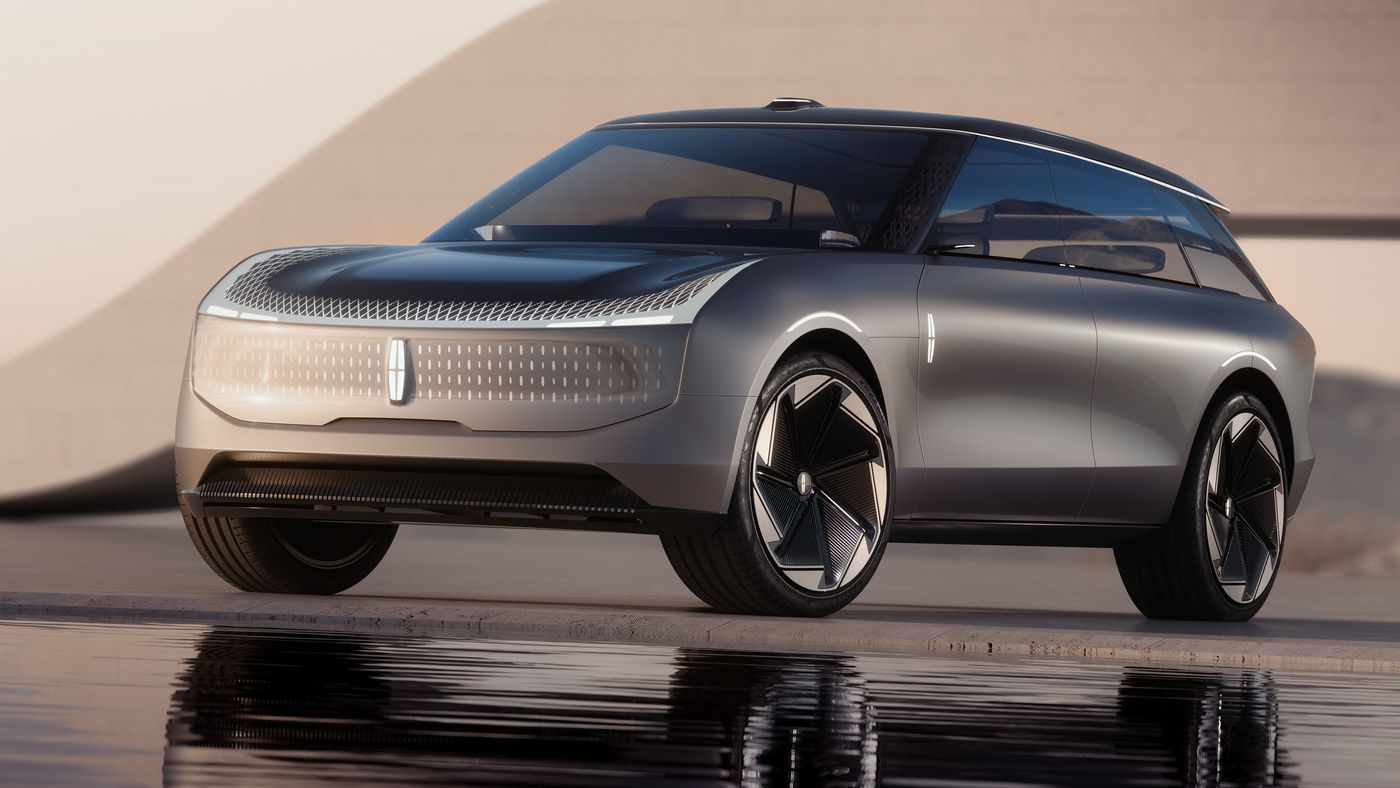Introduction
The advent of connected cars marks a revolutionary shift in the automotive industry, combining traditional automotive technology with cutting-edge technology. Connected cars, also known as smart cars, use the Internet of Things (IoT) to communicate with other vehicles, infrastructure and even the driver’s personal devices. This article delves into connected car technology, its benefits, challenges and the future of automotive connectivity.
What are connected cars?
Connected cars are vehicles equipped with internet access and an array of sensors that allow them to send and receive data. These cars can communicate with other vehicles (V2V), infrastructure (V2I) and even pedestrians (V2P). This connectivity is achieved through various wireless technologies such as cellular networks, Wi-Fi and Dedicated Short Range Communications (DSRC).
Key technologies in connected cars
Internet of Things (IoT)
The IoT framework is central to connected cars. It allows vehicles to connect with other devices, facilitating data exchange and real-time communication.
Vehicle to Everything Communication (V2X).
V2X technology covers all types of in-vehicle communication, including:
Vehicle-to-Vehicle (V2V): Allows cars to share speed, position and direction information.
Vehicle-to-Infrastructure (V2I): Enables vehicles to communicate with traffic lights, road signs and other infrastructure elements.
Vehicle-to-Pedestrian (V2P): Enhances the safety of pedestrian smartphone interactions to alert both parties of potential hazards.
Advanced Driver Assistance Systems (ADAS)
ADAS includes features such as adaptive cruise control, lane keeping assist and automatic emergency braking. To function optimally, these systems rely heavily on connectivity and use real-time data to make informed decisions.
Artificial intelligence and machine learning
Artificial intelligence and machine learning algorithms process the vast amount of data collected by connected cars. These technologies enable predictive maintenance, optimize routes and improve driver assistance systems.
Advantages of connected cars
Increased security
Connected cars significantly improve road safety. V2V communication allows vehicles to warn each other of potential collisions, while V2I communication helps manage traffic flow and reduce accidents.
Improved traffic management
Real-time data from connected cars helps manage traffic, reduce congestion and optimize traffic light timing. This leads to smoother traffic and shorter journey times.
Increased efficiency
Connected cars can monitor their own performance and predict maintenance needs, reducing the likelihood of breakdowns. This predictive maintenance capability ensures that vehicles are in optimal condition.
Comfort and convenience
Features such as remote diagnostics, in-car internet and personalized entertainment options enhance the driving experience. Drivers can remotely start their cars, check fuel levels and even locate their car in a crowded parking lot using a smartphone app.
Intervention in the environment
Connected cars contribute to reducing emissions by optimizing routes and improving fuel economy. Intelligent operation management also reduces downtime and further reduces the ecological footprint.
Challenges and concerns
Privacy and Security
With increased connectivity comes the risk of cyber attacks. Protecting the vast amount of data generated by connected cars is a significant challenge. Manufacturers must implement robust cybersecurity measures to protect themselves from hackers and data breaches.
Infrastructure requirements
Successful implementation of connected cars requires significant investment in infrastructure. Cities need to upgrade their traffic management systems and ensure wide network coverage to support V2X communication.
Standardization
There is currently no universal standard for connected car technology. Different manufacturers may use different protocols, leading to compatibility issues. Establishing global standards is essential for the seamless integration of connected cars.
Costs
Advanced technology in connected cars is more expensive. This can make these vehicles less affordable to the average consumer, potentially slowing adoption rates.
The future of connected cars Autonomous driving The ultimate goal of connected car technology is to enable fully autonomous driving. While many technological and regulatory hurdles still need to be overcome, connected cars are a significant step towards that future. 5G connection The introduction of 5G networks promises a revolution in connected cars. With faster data transfer and lower latency, 5G will improve V2X communication, making connected cars more efficient and reliable.
Integration of Smart Cities
Connected cars will play a vital role in the development of smart cities. By integrating with urban infrastructure, these vehicles can contribute to a more efficient transport system and better urban planning.
Improved user experience
Future connected cars will offer even more personalized and immersive user experiences. From augmented reality displays to advanced voice assistants, the possibilities are endless.
Conclusion
Connected cars represent a significant leap forward in automotive technology and offer numerous benefits in terms of safety, efficiency and comfort. However, they also present challenges that need to be addressed, especially when it comes to data security and infrastructure. As technology continues to evolve, the future of connected cars looks promising, paving the way for a new era of smart transportation.

